The Flexible SH-3 Was Designed to Hunt Soviet Submarines But They Did So Much More.
On 11 March 1959, the prototype Sikorsky SH-3 Sea King took flight for the first time. The Sea King and its derivatives have been hunting submarines, performing rescues, flying plane guard missions alongside aircraft carriers, shuttling American Presidents to and fro, plucking astronauts from the ocean after their return from space, and patrolling the seas from above, in the employ of dozens of nations, for 55 years and counting.
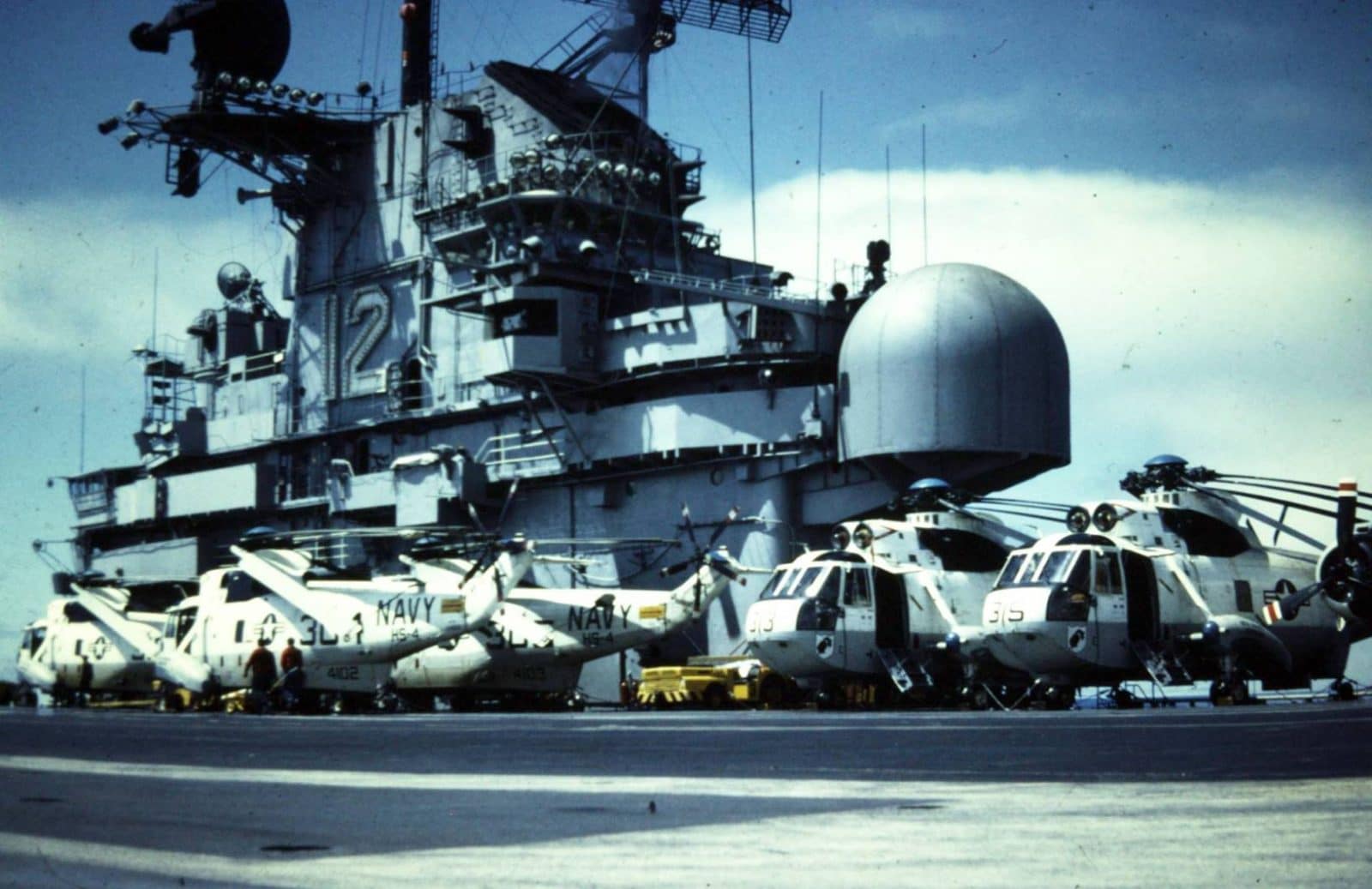
ASW First and Foremost
The impetus for the development of the SH-3 was submarines. Russian submarines, and lots of them. Fixed-wing aircraft, whether shore-based or carrier-based, are highly capable platforms but cannot prosecute a hostile submarine contact the same way a helicopter can. The Navy needed an improved anti-submarine helicopter to take over the missions performed by the piston-engine helo designs then in use.
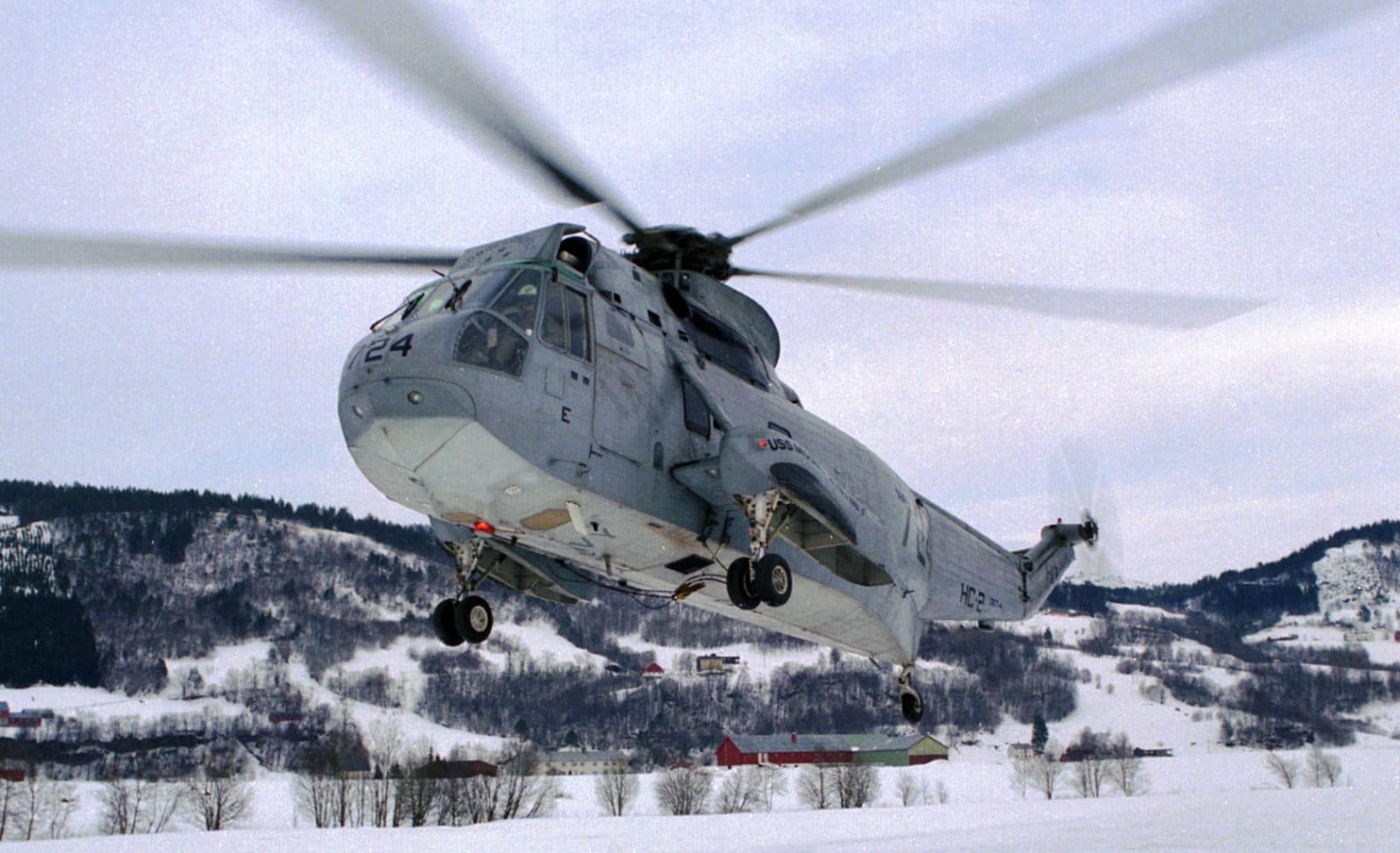
More Power
The Navy observed the development of turboshaft engines with interest and approached Sikorsky with a requirement for an amphibious, twin-engine, turboshaft-powered helicopter that could take the in-close anti-submarine warfare (ASW) mission and run with it. Sikorsky delivered everything the Navy needed in the SH-3 Sea King.
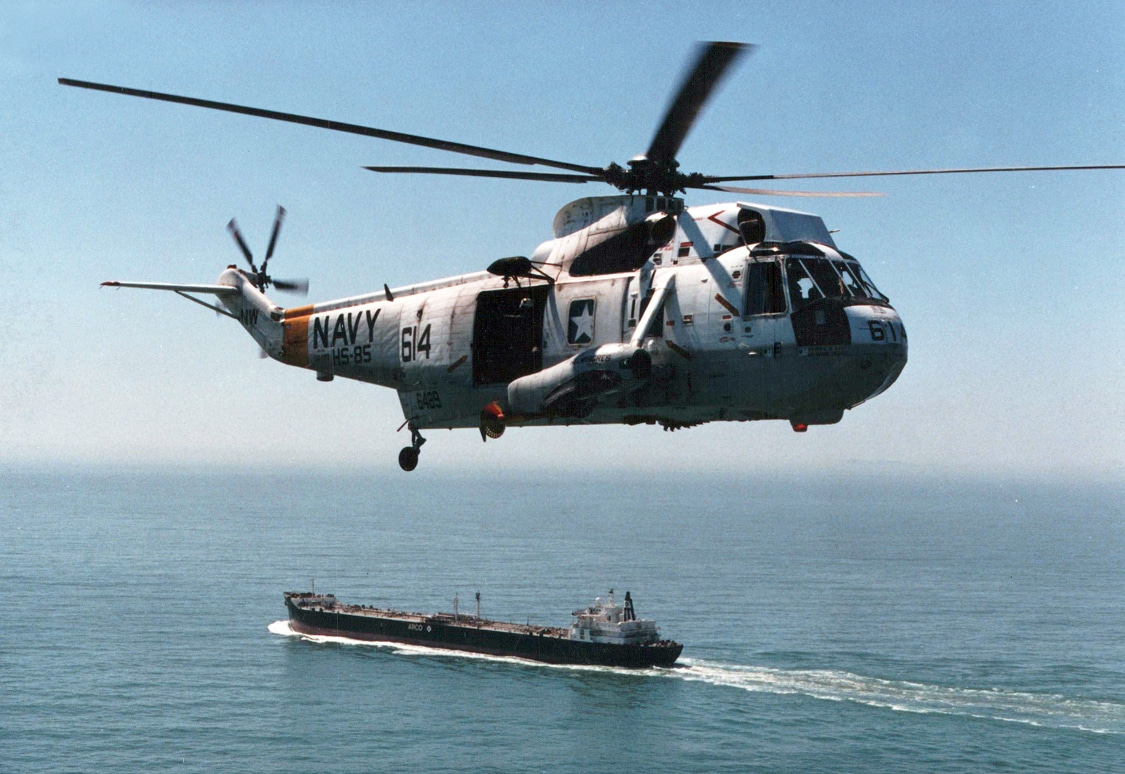
An Entirely New Design
Equipped with a dipping sonar, armed with aerial torpedoes and depth charges, and with all-weather mission endurance capability of more than four hours, the SH-3 became a ubiquitous sight on aircraft carriers and shore air stations almost immediately. Sikorsky developed every system in the rotorcraft, from landing gear to rotor hub and nose to tail feathers.
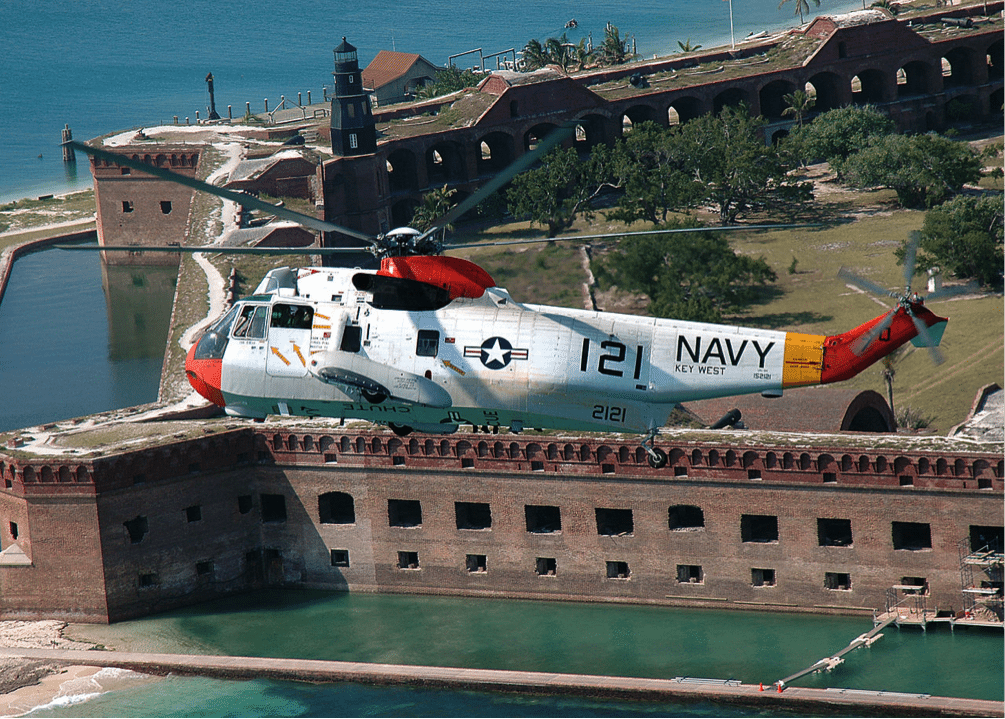
Proof of Innovation
The twin-turboshaft power configuration of the SH-3 gave it enhanced reliability, increased payload capacity, and improved performance over single-engine rotorcraft. Carrier suitability trials conducted on board the aircraft carrier USS Lake Champlain (CVS-39) were completed by mid-1961. The trials included testing of the Sea King’s innovative automatic folding main rotor blades and tail assembly along with high-wind takeoffs and handling.
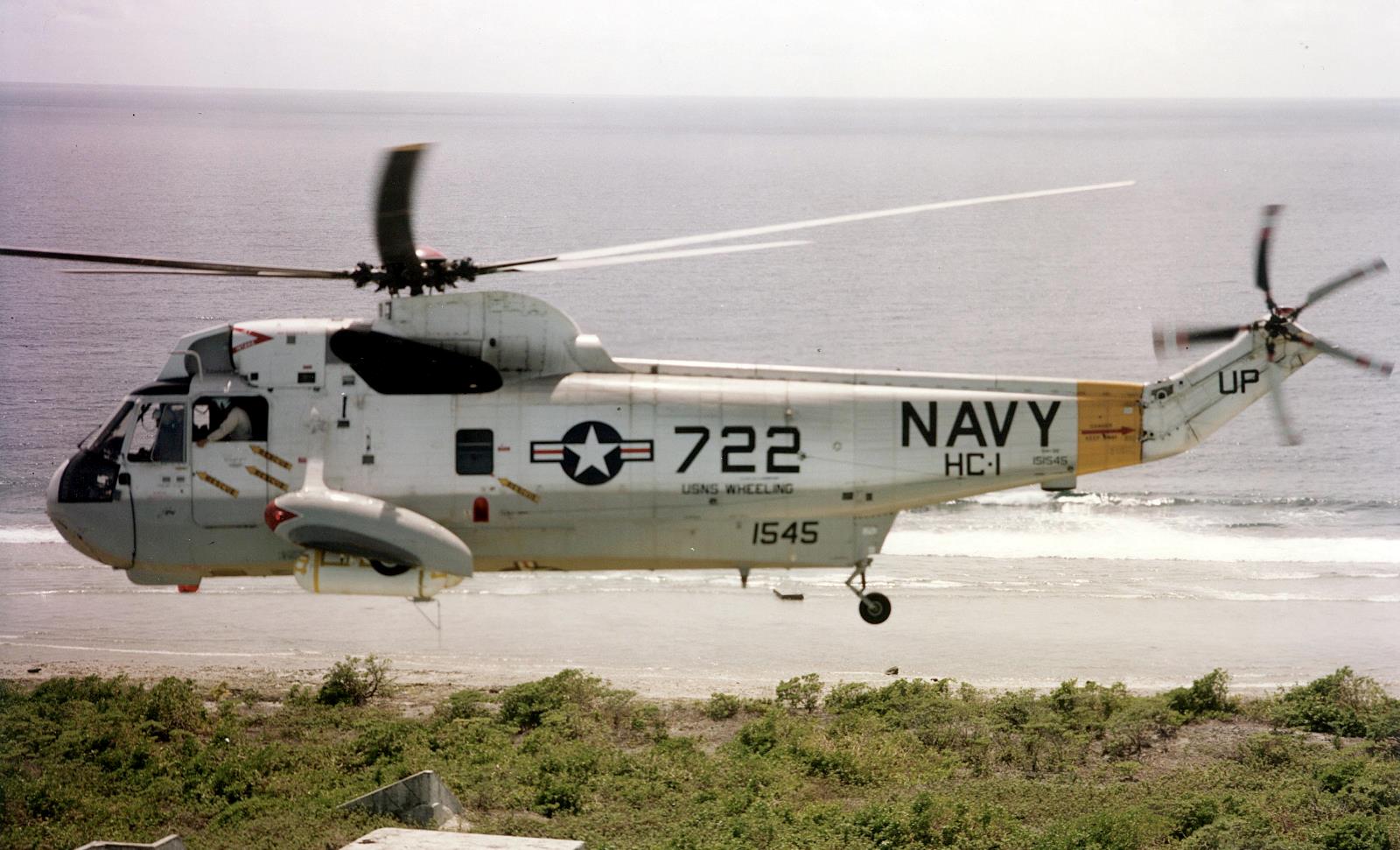
Biggest and Best
The Navy accepted the first operational SH-3As in September of 1961. At the time of its introduction, the Navy’s newest ASW helo was the largest amphibious helicopter in the world and the first operational turbine-powered, all-weather mission capable ASW rotorcraft in naval service.

A Good Thing Gets Recognized and Copied
Sikorsky continued to develop the SH-3 to enhance its capabilities, but right from the start, they realized that the Sea King could be a workhorse for other friendly nations as well. Over the years, the SH-3 (and its civil derivative, the S-61) has been license-built by other nations and utilized by scores of countries and companies.
The White House Lawn
Marine Corps squadron HMX-1 is the official “airline” of United States Presidents. Specially equipped SH-3s have been shuttling Chief Executives and other VIPs to and from the White House lawn since 1962. When the President is on board the rotorcraft, its callsign changes to Marine One, the same way the callsigns of the VC-25 Presidential transports do. Images of American Presidents boarding the green and white HMX-1 SH-3s at the White House are etched into the American consciousness.

It Can Be Done, But…
About that amphibious capability. The Sea King is capable of landing on water, but it isn’t a common occurrence. The amphibious hull enables the SH-3 to make a water landing. Between the watertight hull and deployable airbags in sponsons mounted to either side of the forward fuselage, the Sea King can float upright. However, surface conditions and winds are critical factors when considering a landing on water. Of course, the helo is equipped with conventional wheeled landing gear as well.

Staying in the Game
As time went by, SH-3s were reworked and updated to include more powerful engines and defensive capabilities such as infrared countermeasures (IRCM) to improve battlefield survivability. Improved ASW sensor suites enabled Sea Kings coming out of rework to prosecute contacts more efficiently.


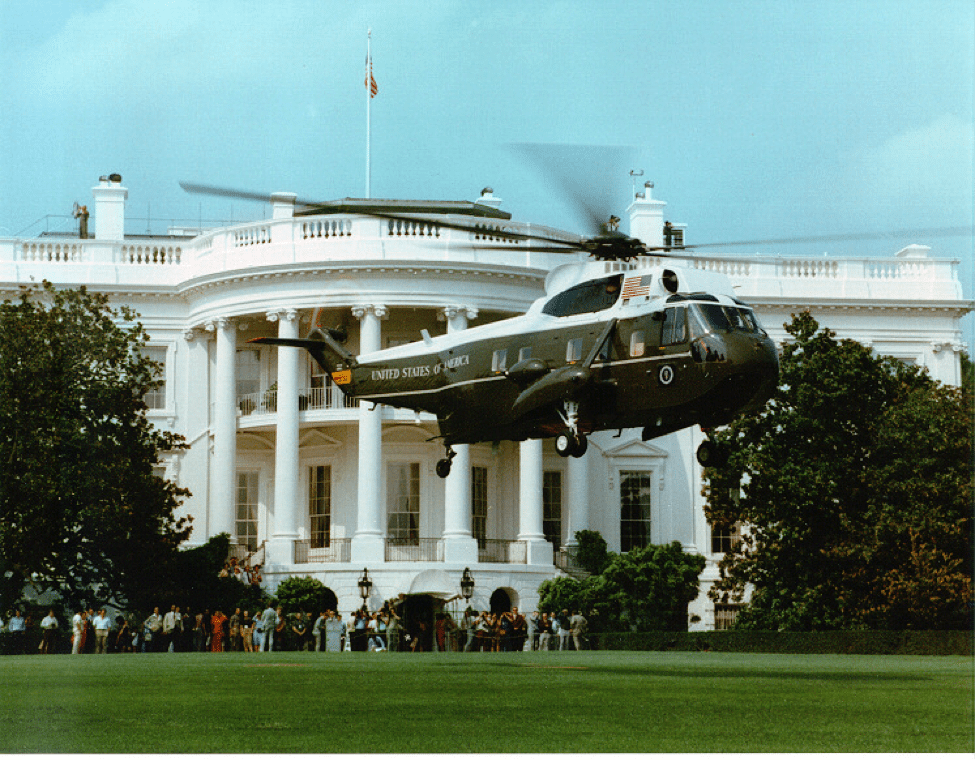
I flew some Gemini astronaut recoveries in the ‘60s. The SH-3A and SH-3D at the time were not “all white” helicopters.